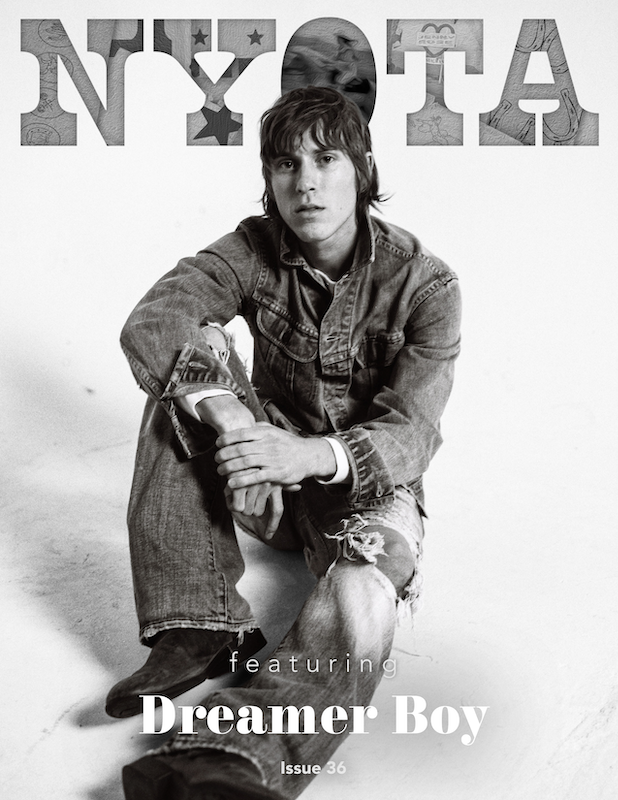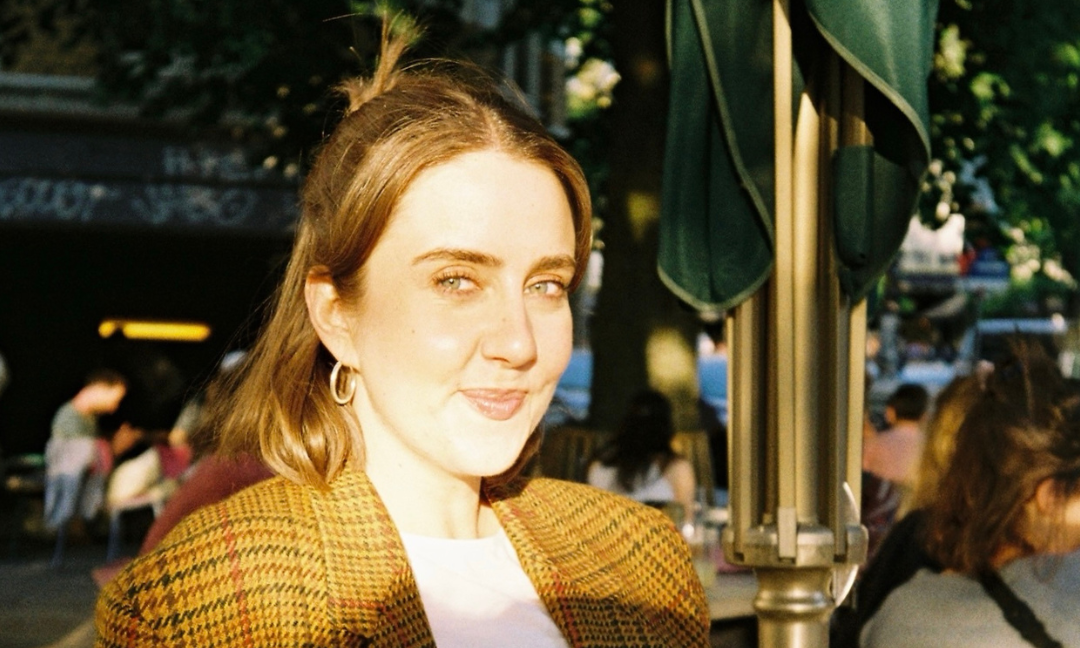Interview by Carol Wright | Photographer: Emil Zachert
Selina Seibel, a photographer based in Switzerland, shares photos and videos via social media that highlight her unique eye. Seibel talked to NYOTA about smartphones making photography accessible, finding beauty in the everyday, and photographers she admires.
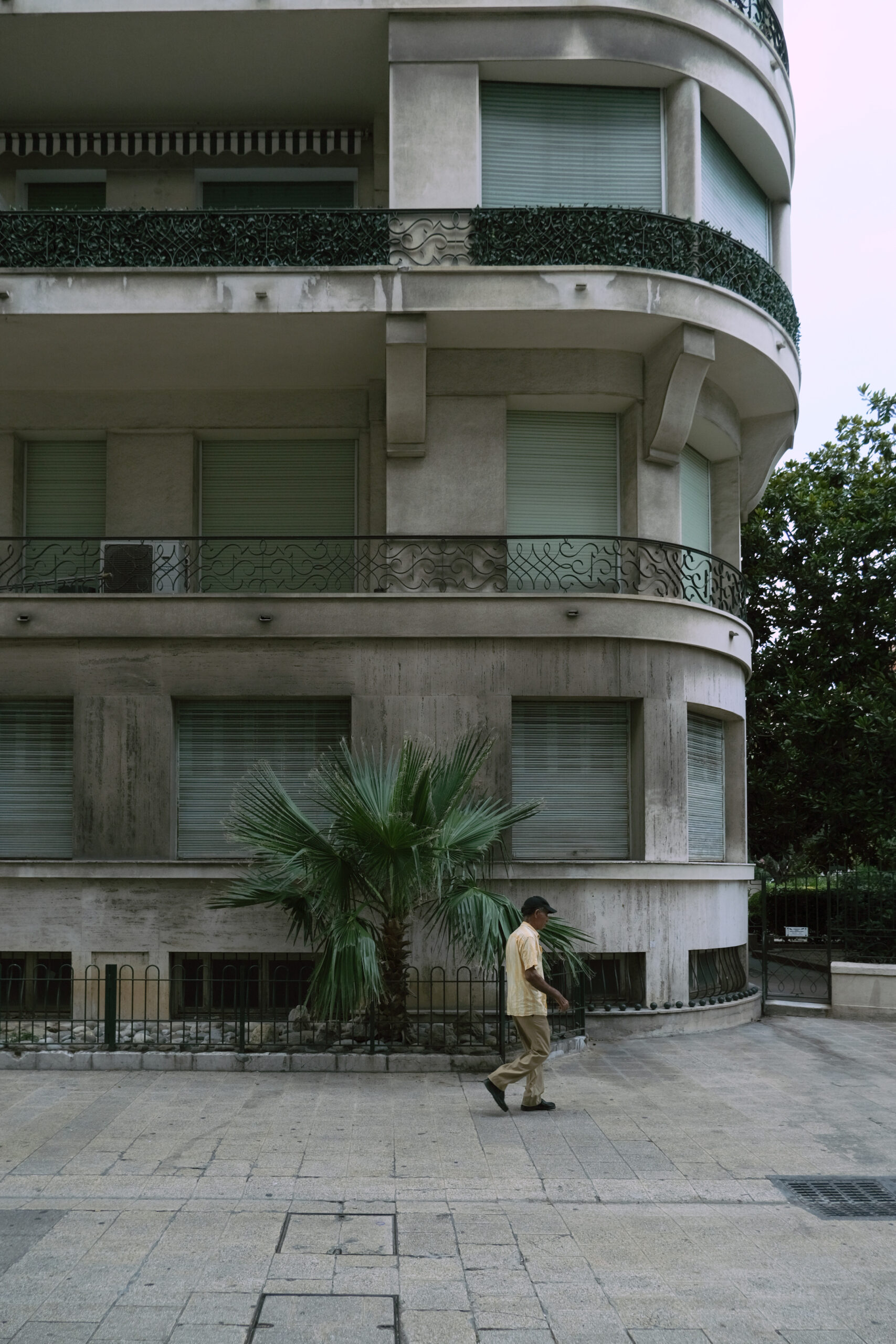
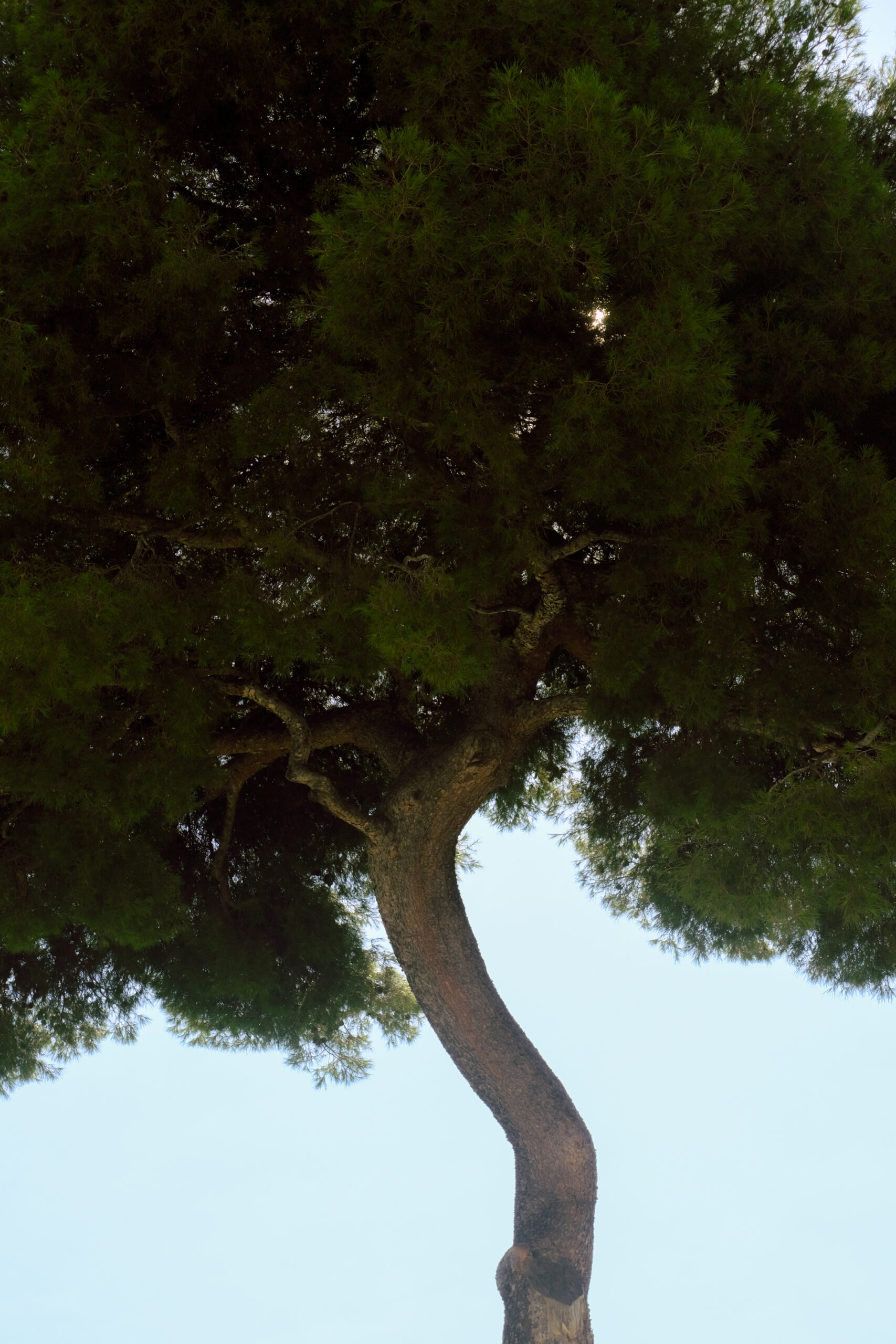

Photos by Selina Seibel
As a kid was it clear that you gravitated toward the arts or was this something you realized as you got older?
When I think back to my childhood I remember my mother being deeply involved in painting, sewing, filming, and photography. There’s a video on cassette of me when I could barely walk and talk, reaching out my hands to my mother and saying, ‘Give me the camera, I want to film now!’ Since then, there has hardly been a day when I didn’t have a pen, brush, or camera in my hand.
A lot of times people think photography is easier than it is, especially now with the majority of people owning smartphones that have high-quality cameras. Can you talk a bit about some of these misconceptions around photography and how you’ve built up your skills.
A photo is created through a mechanical or digital process, regardless of the medium used. When someone is inspired to capture a moment, they should absolutely do it. Isn’t it wonderful that the smartphone era has made photography so much more accessible to everyone?
A common misconception about photography is that only expensive cameras can take good photos. In my view, a good photo is one that makes you pause and look closer, whether it was taken with a 12,000 Franc camera or a cheap disposable one. Personally, I am very interested in various cameras, both analog and digital, and I have taught myself over the years which settings lead to which results. However, there still is a lot more I want to learn.
It seems like you often shoot outside or on location versus always shooting in a studio. How does the environment you’re shooting in inform your photos and the way you have the models interact with the space?
I am very interested in art direction and photography in the editorial field. Each set allows me to tell a different story. While the minimalism of the studio background brings the subject into focus, the environment on location can become an important main or supporting character.
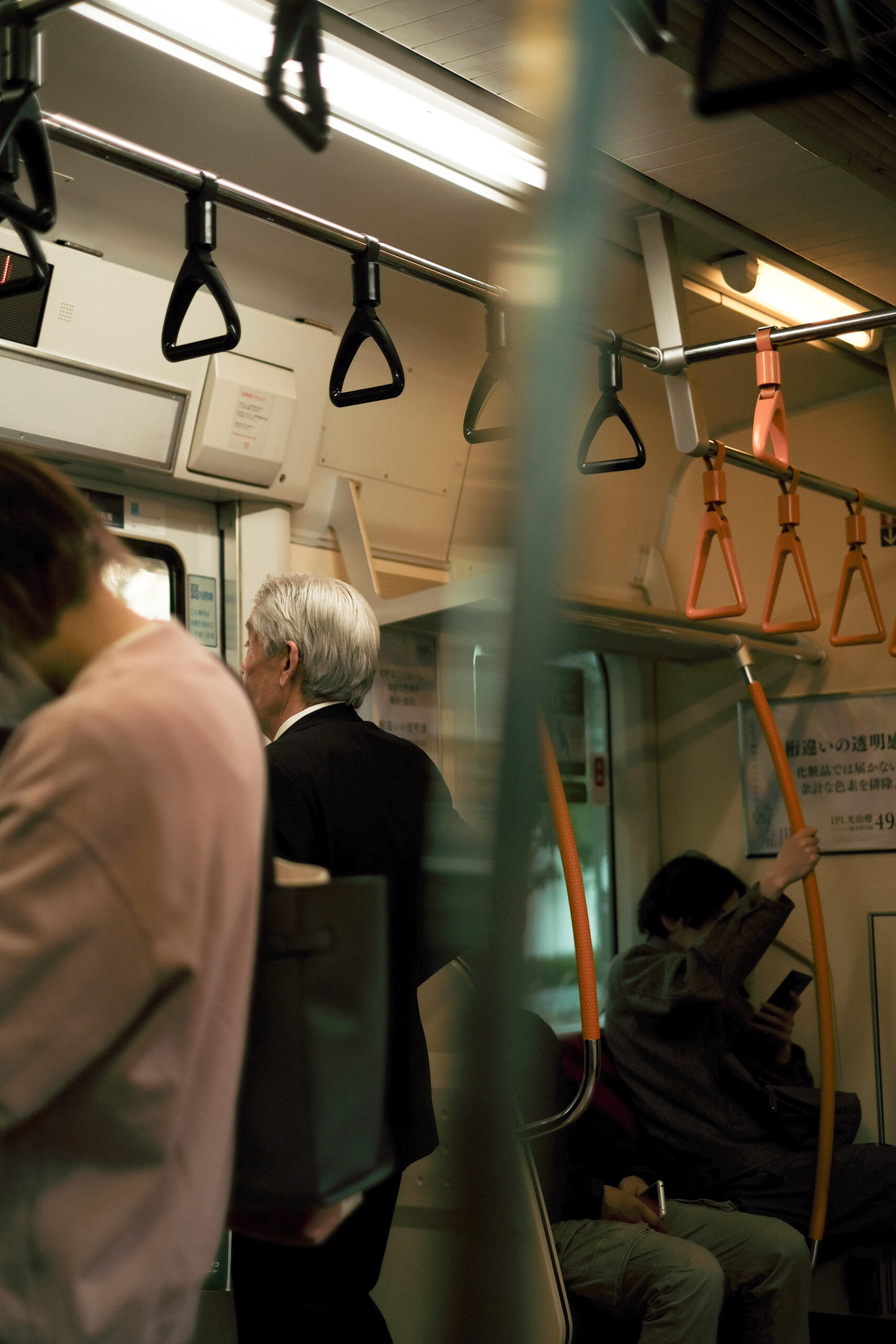
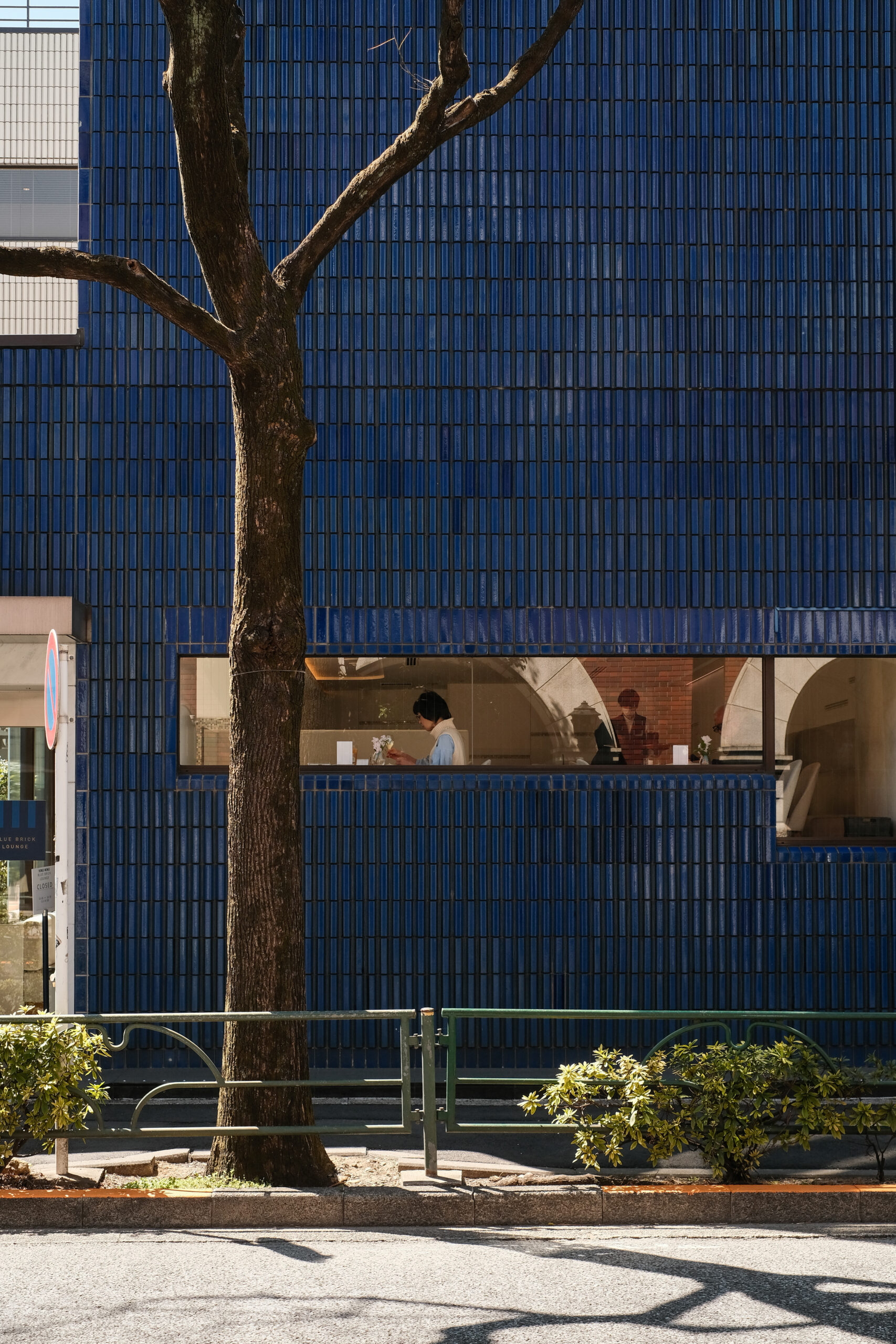
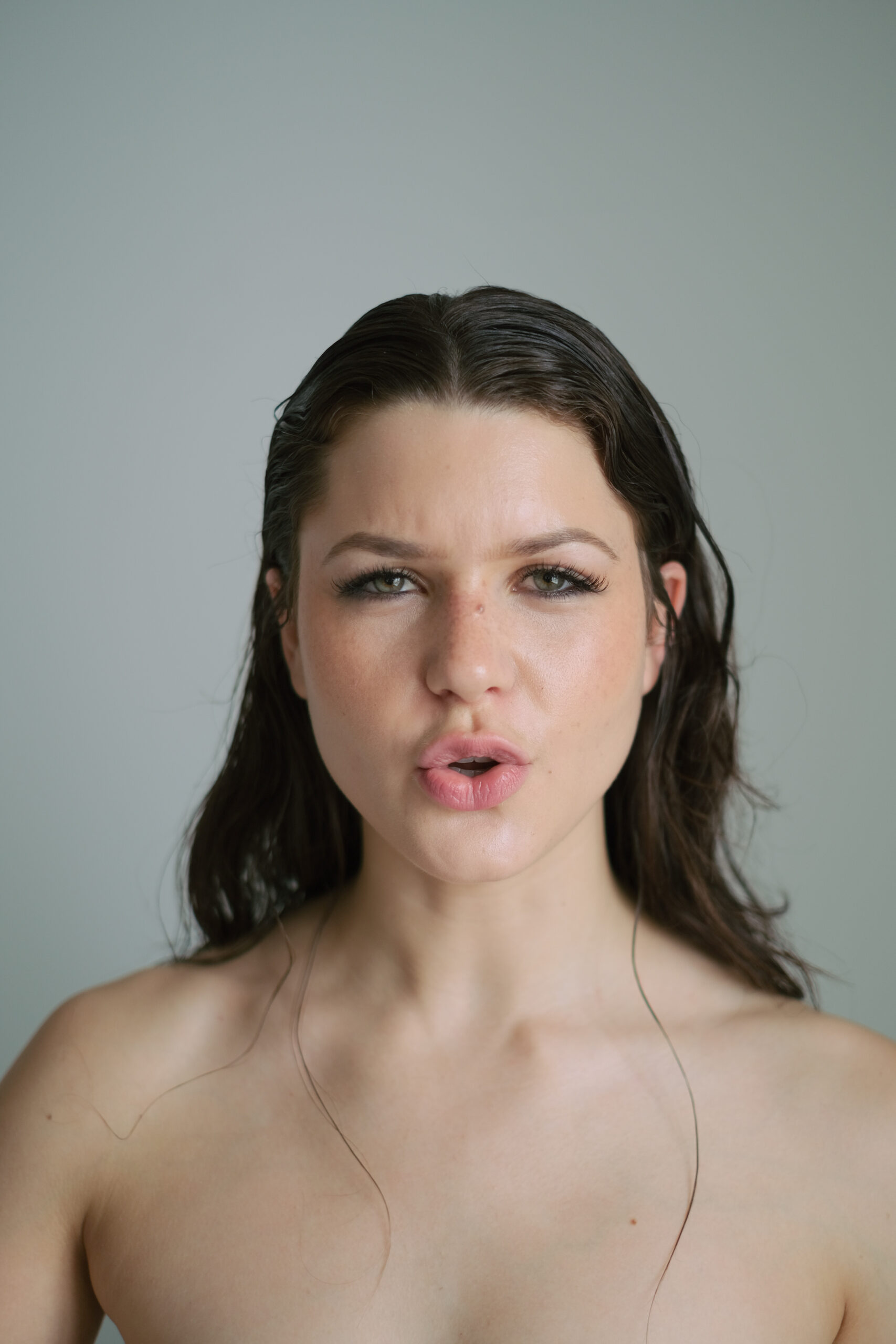
Photos by Selina Seibel
On TikTok you share cinematic, almost intimate videos of scenes from your life. Is videography and filmmaking something you’d like to explore further?
To be honest, cinematography has always fascinated me more than photography. I love filming short everyday moments and details that tell a story. The way music can enhance these scenes to convey a specific mood captivates me. I enjoy working on smaller film projects, where I especially see my strengths in directing. One day, I would love to be part of a larger production and experience the dynamics of a professional set.
Is it important for you to try to find art or beauty in everyday life?
Everyday life can sometimes be overwhelming when you have to juggle a full-time job, household chores, and appointments. I consciously take time to observe and reflect on the simplest things. One everyday place that consistently brings me joy is my kitchen. There is so much to observe here: used glasses in the sink with traces of lipstick, burnt-down candles from the previous night, two empty cat food bowls. There is always a story to be told, and yes, sometimes I find beauty in it.
You’re part of the photography collective Studio 426, has being part of that group given you a lot of inspiration for your own work?
So far, the studio collective is more of a shared space that all of us members use. Still it’s very interesting to see what each of us is working on and to have people around who can help with questions about photography.
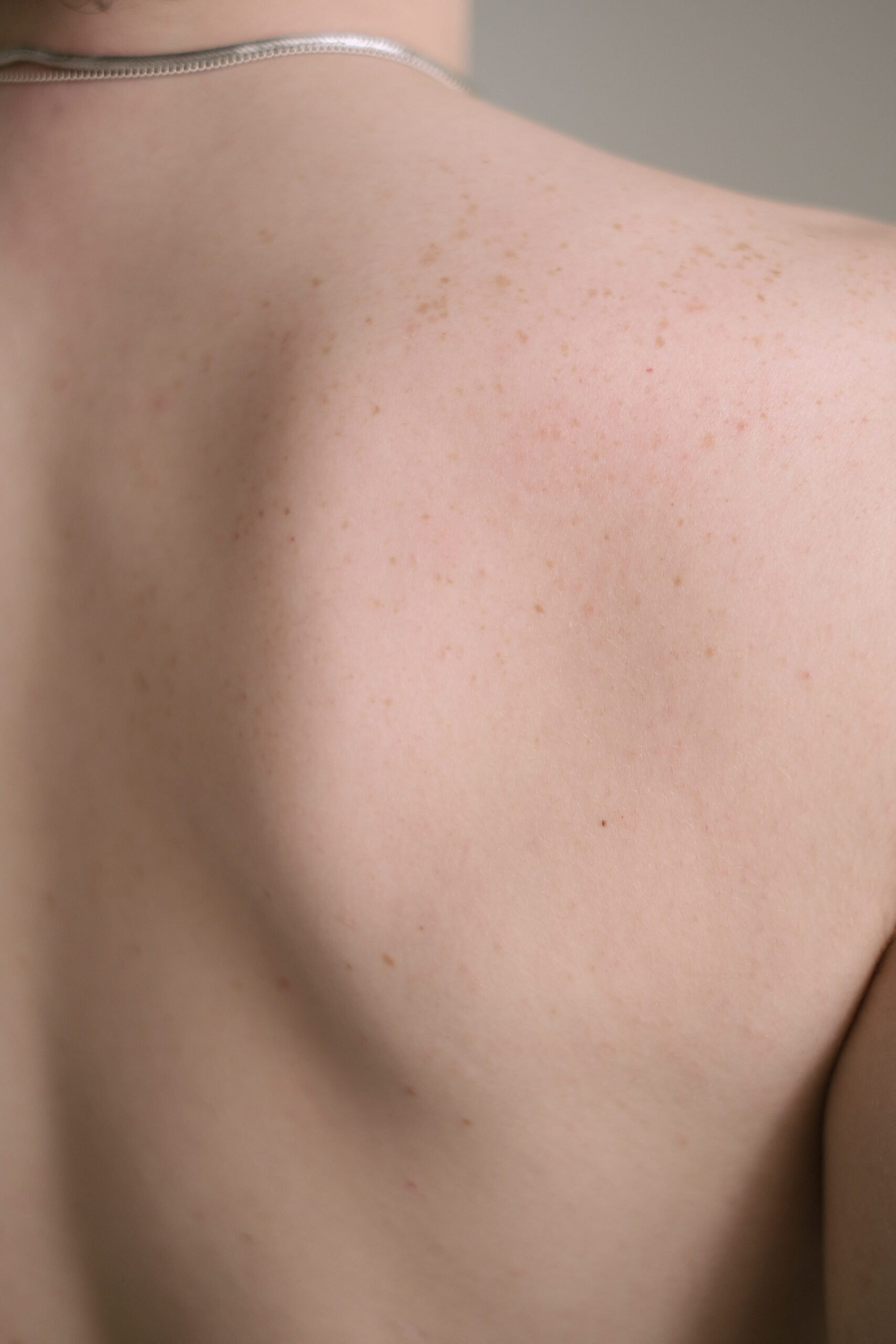
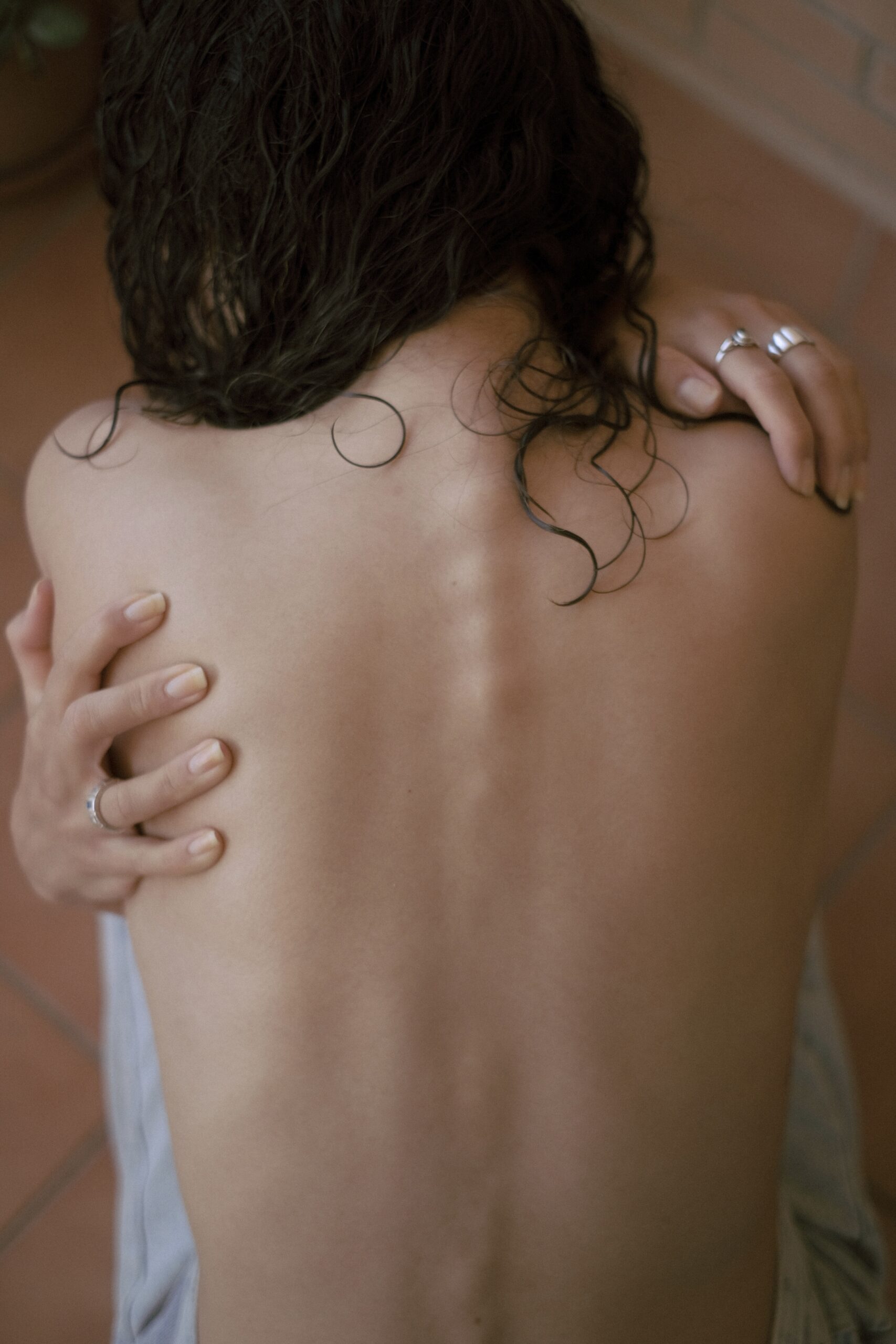

Photos by Selina Seibel
Who are a few artists that you admire?
I admire so many people! Currently, I am closely following and admiring the work of Barbara Bühler, Paolo Abate, and Maximilian Attila Bartsch.
What advice do you have for aspiring photographers?
Go out and start taking photos freely – train your eye. Get to know your camera and understand how different settings produce different results. Study the works of other photographers, create mood boards, and gradually develop your own style. Be aware that your style can and will change over time, so stay open to new ideas. Connect with others – not just photographers, but also artists, musicians, and all kinds of creative people to gain fresh insights and inspiration. And most importantly: be kind to yourself.
This story first ran in issue 36: The Art Is Life Issue. Read more from the issue here.
